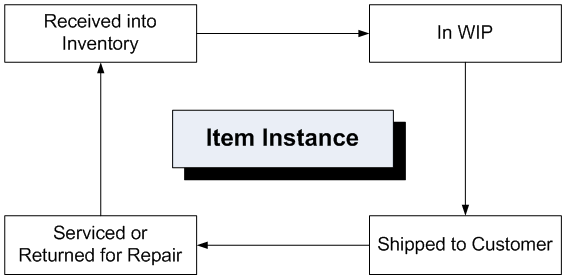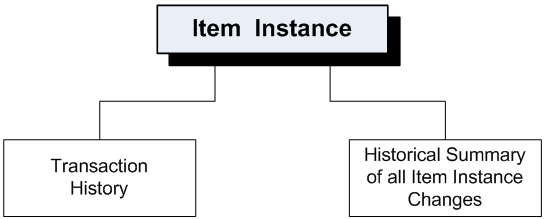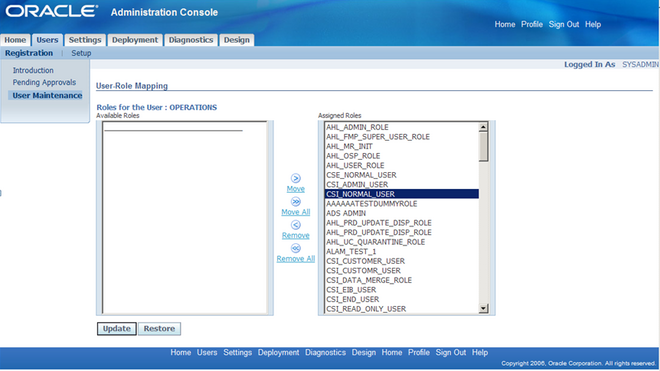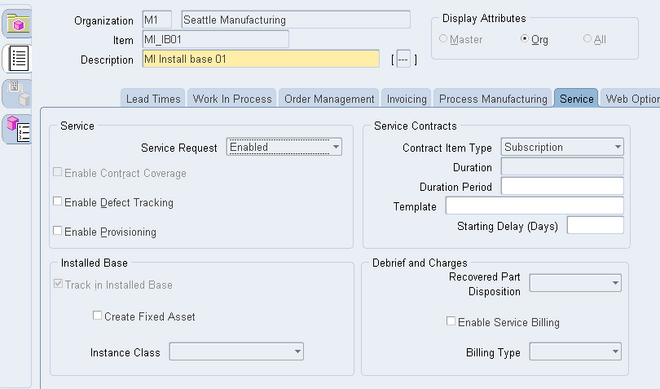select ename, deptno, sal
2 from emp
3 where deptno =
4 ( select deptno
5 from dept
6 where loc = ‘NEW YORK’ );
ENAME DEPTNO SAL
———- ——— ———
CLARK 10 2450
KING 10 5000
MILLER 10 1300
Subqueries can be used to obtain values for parent select statements when specific search criteria isn’t known. To do so, the where clause in the parent select statement must have a comparison operation where the unknown value being compared is determined by the result of the subquery. The inner subquery executes once, right before the main outer query executes. The subquery returns its results to the main outer query as shown in above example
Notes:
1. Subqueries must appear inside parentheses, or else Oracle will have trouble distinguishing the subquery from the parent query. You should also make sure to place subqueries on the right side of the comparison operator.
2. Subqueries are an alternate way of returning data from multiple tables.
3. Subqueries can be used with the following sql statements along with the comparision operators like =, <, >, >=, <= etc.
SELECT
INSERT
UPDATE
DELETE
Differnt Usage
IN
You can also use the in comparison, which is similar to the case statement offered in many programming languages, because resolution can be established based on the parent column’s equality with any element in the group. Let’s take a look at an example:
SQL> select ename, job, sal
2 from emp
3 where deptno in
4 ( select deptno
5 from dept
6 where dname in
7 (‘ACCOUNTING’, ‘SALES’));
EXISTS/NOT EXISTS
Another way of including a subquery in the where clause of a select statement is to use the exists clause. This clause enables you to test for the existence of rows in the results of a subquery, and its logical opposite is not exists. When you specify the exists operation in a where clause, you must include a subquery that satisfies the exists operation. If the subquery returns data, the exists operation returns TRUE, and a record from the parent query will be returned. If not, the exists operation returns FALSE, and no record for the parent query will be returned. Let’s look at an example in which we obtain the same listing of employees working in the New York office, only this time, we use the exists operation:
SQL> select e.ename, e.job, e.sal
2 from emp e
3 where exists
4 ( select d.deptno
5 from dept d
6 where d.loc = ‘NEW YORK’
7 and d.deptno = e.deptno);
ENAME JOB SAL
———- ——— ———
CLARK MANAGER 2450
KING PRESIDENT 5000
MILLER CLERK 1300
Correlated Subquery
A query is called correlated subquery when both the inner query and the outer query are interdependent. For every row processed by the inner query, the outer query is processed as well. The inner query depends on the outer query before it can be processed.
SELECT p.product_name FROM product p
WHERE p.product_id = (SELECT o.product_id FROM order_items o
WHERE o.product_id = p.product_id);
Listing and Writing Different Types of Subqueries
The following list identifies several different types of subqueries you may need to understand and use on the OCP exam:
- Single-row subqueries The main query expects the subquery to return only one value.
- Multirow subqueries The main query can handle situations where the subquery returns more than one value.
- Multiple-column subqueries A subquery that contains more than one column of return data in addition to however many rows are given in the output. These types of subqueries will be discussed later in the chapter.
- Inline views A subquery in a from clause used for defining an intermediate result set to query from. These types of subqueries will be discussed later in the chapter.




 All All the functionalities of installed base module can be accessed with Installed Base User responsibility. And to access the’ Installed Base User’ responsibility’ the user must be assigned to CSI_NORMAL_USER role.
All All the functionalities of installed base module can be accessed with Installed Base User responsibility. And to access the’ Installed Base User’ responsibility’ the user must be assigned to CSI_NORMAL_USER role.
Recent Comments